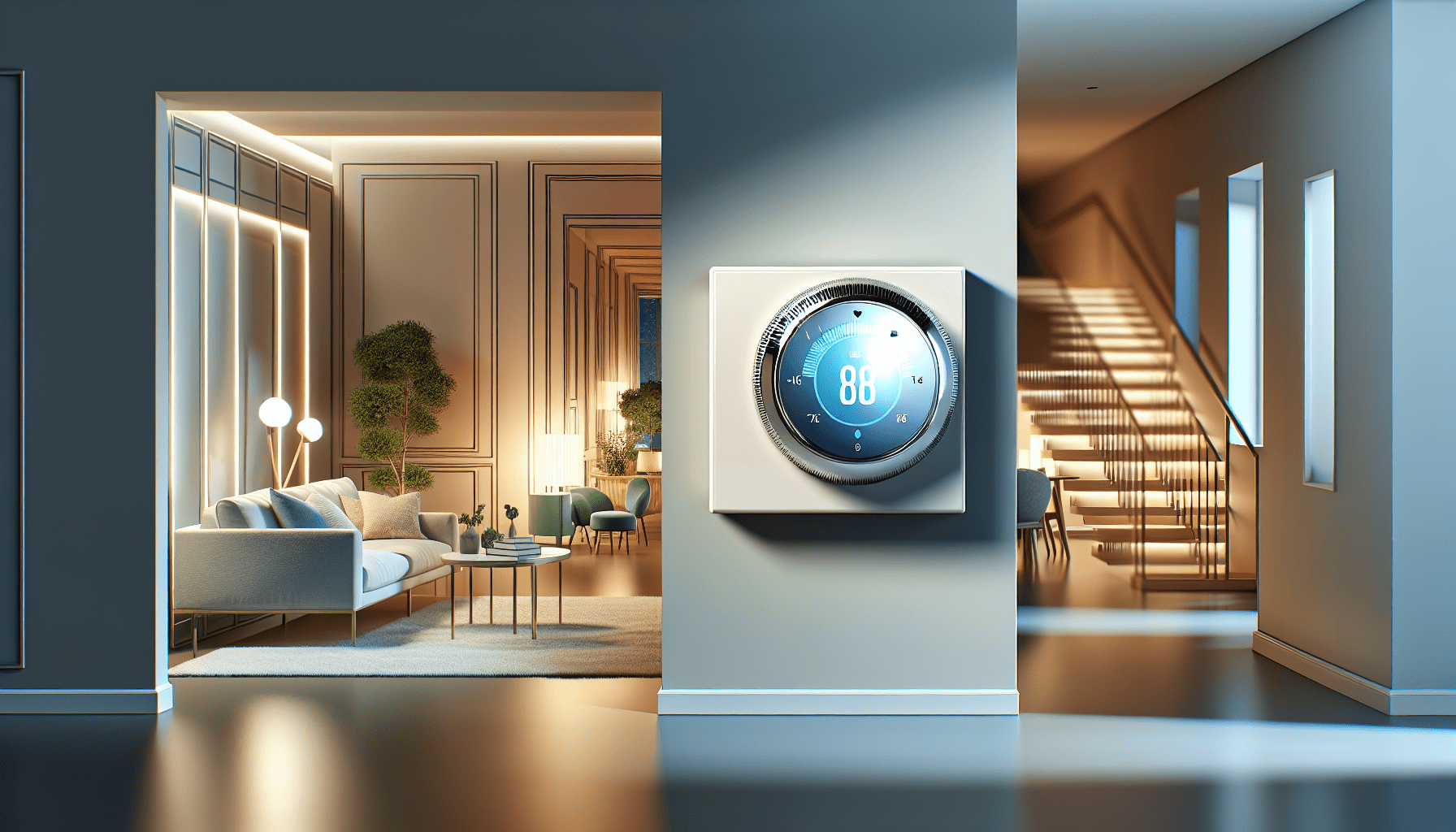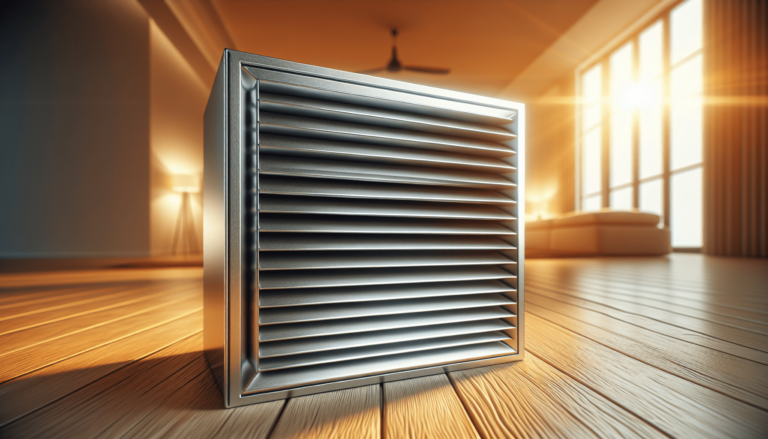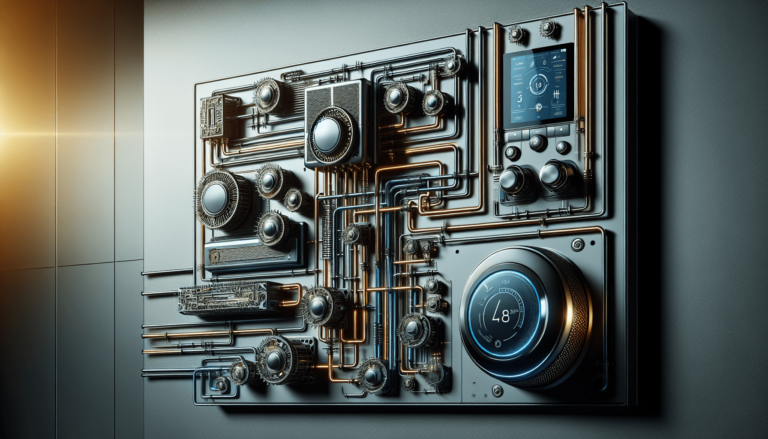

HVAC Services
Get Professional Repairs From The Area's Trusted HVAC Technicians. Ask About Our Services! We Offer Professional Heating & Cooling System Repairs And Guarantee Long-Lasting Results.
Got Question? Call us: (850) 678-2665Financing
Thermostat Placement: Best Locations For Accuracy
Struggling with uneven home temperatures? Discover the best thermostat placement for optimal comfort and efficiency in our insightful post. Ensure you feel cozy always!

Have you ever wondered why your home never seems to feel just right, no matter how much you adjust your thermostat? Maybe you’ve questioned why one room is always colder or hotter than the rest of the house. The answer might be simpler than you think: thermostat placement. Let’s have a warm, inviting chat about getting your thermostat to work best for you.
Understanding the Basics
What is a Thermostat and Why Does Placement Matter?
A thermostat is like the brain of your heating and cooling system. It senses the temperature in your home and decides when to turn the HVAC system on or off to keep you comfortable. But, if the thermostat is placed in a bad spot, it won’t have an accurate sense of your home’s overall temperature. Therefore, its placement is crucial for maintaining a consistent and comfortable indoor environment.
Effects of Poor Thermostat Placement
Bad thermostat placement can result in:
- Uneven temperatures
- Increased energy bills
- Constant adjustments
Essentially, a poorly placed thermostat can make your home feel like an icebox one minute and a sauna the next. Not exactly ideal, right?
Best Locations for Thermostat Placement
Central Location is Key
For the most accurate reading, your thermostat should be in the center of your home. This central location ensures it isn’t influenced by extreme temperatures from exterior walls or windows. Aim for a spot on an interior wall that isn’t blocked by furniture, doors, or other obstructions.
Avoid Direct Sunlight and Heat Sources
Direct sunlight can trick your thermostat into thinking your home is warmer than it is, causing your air conditioning to work overtime. Similarly, placing your thermostat near heat sources like stoves, ovens, or even floor lamps can lead to false readings. This can make your heater work harder during winter, leading to higher energy bills.
Ideal Height for thermostat
Install your thermostat at a height of around 52 to 60 inches (4-5 feet) above the floor. This height is optimal because it represents the average living-environment temperature.
| Height (Feet) | Reason |
|---|---|
| 4-5 feet | Represents average living-environment temperature |
Keep Away from Draft Areas
Placing your thermostat near doors, windows, or vents can cause it to read the temperature inaccurately. Drafts and airflow can cool it down or heat it up artificially, leading to an overactive HVAC system.

Specific Rooms and Their Suitability
Living Room
Placing your thermostat in the living room is often a good choice since it tends to be a central, commonly-used space in your home. However, ensure it’s not too close to any heating or cooling elements in the room, like fireplaces or direct sun from large windows.
Hallways
While hallways are central, they aren’t typically the best choice for thermostat placement. Hallways often have less thermal activity and can be poor representations of the average home temperature.
Bedrooms
Bedrooms may seem like a good place, especially if you spend a lot of time there. However, bedrooms can have varying temperatures and may not reflect the overall temperature of your entire home.
Kitchen
Avoid placing your thermostat in the kitchen. This room experiences more heat fluctuations from cooking appliances, which can lead to inaccurate temperature readings.
| Room | Suitability |
|---|---|
| Living Room | Generally good, check for heat sources |
| Hallway | Avoid |
| Bedroom | Reconsider, depends on usage |
| Kitchen | Avoid due to heat fluctuations |
Factors to Consider Before Installation
Before you fix that thermostat to the wall, consider these points:
House Layout
If your home is multi-storied, placing the thermostat on the floor you frequent most can be beneficial. Remember, heat rises. If you place it on the top floor, your lower floors might stay cooler than desired.
The Type of HVAC System
Some HVAC systems are more sensitive to thermostat placement than others. For example, a zoned heating system may require multiple thermostats in different locations. Check your system’s manual or consult with a professional from Tempacure Heating and Air Conditioning for guidance.
The Type of Thermostat
Different thermostats have different capabilities. A smart thermostat might have remote sensors you can place in various rooms, offering a more balanced and comprehensive temperature control solution.

Thermostat Placement for Smart Systems
Advantages of Smart Thermostats
Smart thermostats take the guesswork out of temperature regulation. They learn your habits and adjust settings to maintain comfort efficiently. They also support remote sensors, allowing you to monitor temperatures in multiple rooms.
Where to Place Sensors
If you have a smart thermostat with remote sensors, place sensors in frequently-used rooms like the living room, main bedroom, and office. Avoid placing sensors near heat sources or drafty windows, much like the main thermostat.
| Type of Thermostat | Placement Recommendation |
|---|---|
| Smart Thermostat | Utilize remote sensors |
| Traditional Thermostat | Central location, avoid heat sources |
Troubleshooting Common Issues
Frequent Temperature Fluctuations
If your home experiences temperature swings, check your thermostat’s location. Is it near a draft, window, or heat source? Relocating it can often solve this issue.
High Energy Bills
Higher-than-usual energy bills can be a hint that your thermostat isn’t working as efficiently as it could be. Again, review its placement to make sure it’s in an optimal location.
Inconsistent Room Comfort
If some rooms are more comfortable than others, consider using a smart thermostat with remote sensors. This can help to even out the temperature throughout your home.
DIY or Call a Professional?
Installing or relocating a thermostat isn’t rocket science, but it’s not always a walk in the park, either. If you’re confident and handy with tools, you might do it yourself. Otherwise, it’s best to call experts like those at Tempacure Heating and Air Conditioning.
Steps to Install a Thermostat
- Turn Off Power: Safety first! Switch off your HVAC system and electricity.
- Remove Old Thermostat: Carefully detach it from the wall, noting the wiring connections.
- Install the New Backplate: Line it up with the holes and secure it.
- Connect the Wires: Follow the instructions for your new thermostat.
- Attach the Thermostat: Place it on the backplate and turn everything back on.
When to Call a Professional
If your home has complex wiring, or if you run into unexpected issues, it’s better to consult with a professional. They have the tools and expertise to ensure everything is done right, minimizing the risk of future complications.
Conclusion
Finding the optimal location for your thermostat can make a world of difference in how comfortable your home feels, and can even save you money on your energy bills. By keeping it away from direct sunlight, drafts, and heat sources, and positioning it in a central location, you’re laying the groundwork for a happier, more energy-efficient home.
So, next time you frown at your thermostat wondering what’s wrong, take a moment to consider its placement. And if all else fails, don’t hesitate to call Tempacure Heating and Air Conditioning for expert advice. Your comfort should never be up for negotiation!







